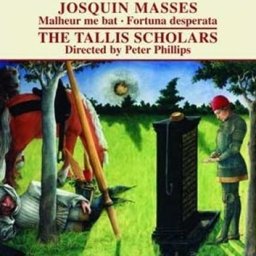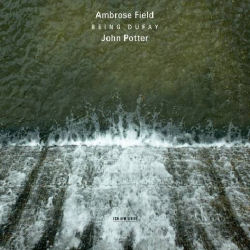Search This Blog
Early music and more by Edward Breen
Where possible, review entries are linked to their original publication.
Posts
Showing posts from March, 2009
Josquin: Masses: Malheur me bat; Fortuna desperata
- Get link
- Other Apps
Ambrose Field: Being Dufay: Music based on vocal fragments by Guillaume Dufay
- Get link
- Other Apps
The English Stage Jig: Musical comedies from the 16th and 17th centuries
- Get link
- Other Apps
Music from The Chirk Castle Part-Books
- Get link
- Other Apps
Oswald von Wolkenstein: Ritter und Minnesänger
- Get link
- Other Apps





